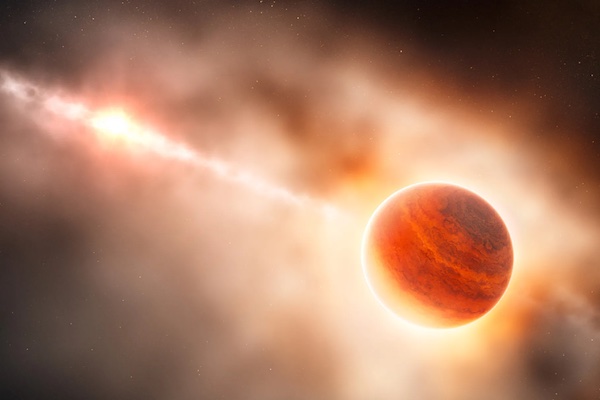Planetary dynamos and the dynamics of rotating, electrically conducting fluids
Abstract: Planetary magnetic fields are ubiquitous in the Solar System. These fields are generated by the motion of an electrically conducting fluid within the interiors of the planets. For the Earth, turbulence in the liquid iron outer core has sustained the geomagnetic field for at least 4 billion years. Similar turbulent fluid systems are present in most planets, as well as stars. These flows are thought to be strongly influenced by system rotation (i.e.





